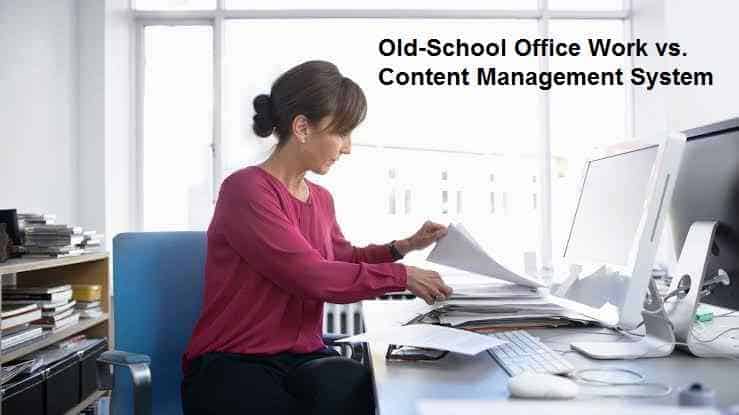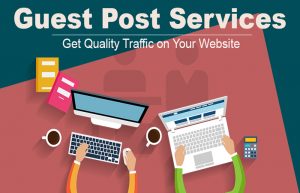How often have you asked an employee to find a document, and they spent a lot of time combing through the metal cabinet for the correct one? Or how frequently do your office misplace a critical file? Not only are you wasting time, but it also reflects on the type of culture your organization has.

What do you think your potential partners will feel when you lose track of a critical contract?
Organizations often cite their size to justify the lack of investment in new technologies. For instance, they say, “Oh, we are just a small office, and we could not afford a content management system.” Or they will say, “We do not have the time to learn its features as we have a business to run.”
But if you think about it, those are precisely the reasons why you should invest in a content management system.
For instance, according to statistics,
- The average worker wastes 1.5 hours per day simply looking for a misplaced item
- The average executive spends 150 hours annually, searching for lost information. The number of hours is equivalent to almost a month.
- The volume of paper in the office has tripled after the computer was invented
- An average file cabinet stores about 18,000 pages when filled to the brim
- A four-drawer filing cabinet costs $2,100 annually to maintain
As you can see, there is too much waste and clutter in the office, which hampers productivity.
Benefits of a CMS:
A content management system will yield several advantages for your organization. Here are some of them:
- Streamlines work. A survey in the US and the UK showed that middle managers waste a lot of time looking for information. In fact, they would likely find info on their competitors than on their own organization. Almost 6 in 10 of the supervisors said they might have missed out on a crucial component that would make them more effective at their jobs.
- Exhibits As already mentioned, missing a document that is critical to a planned venture reflects negatively on your company. In the same vein, if you mishandle a document involving your customer, it is a potential PR nightmare, especially in today’s social media obsession. A content management system will drastically improve the way you do business. You can pull out data as needed and not waste a few precious minutes looking for the document in your physical store.
- Saves cost. The average office spends about 14% of its revenue on printing and photocopying. An average employee prints 10,000 pages annually, for an estimated cost of $725. Imagine if you have ten workers, the amount gets up to more than $7,000 each year. With the content management system, you do not have to print the documents when you have a meeting. Simply share the files digitally, and everyone will still be on the same page.
Those are just three of the ways a CMS can help your organization. So, do not think of the software solution as an expense but rather a necessary investment. While the returns on investment might not always be quantified, you can quickly reap its benefits by automating your workflows, reducing mistakes, improving productivity, and increasing revenues.


